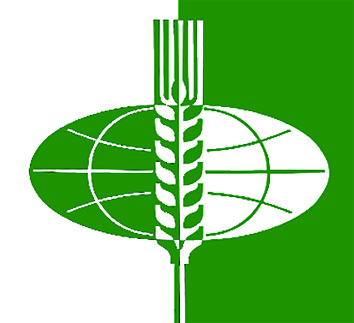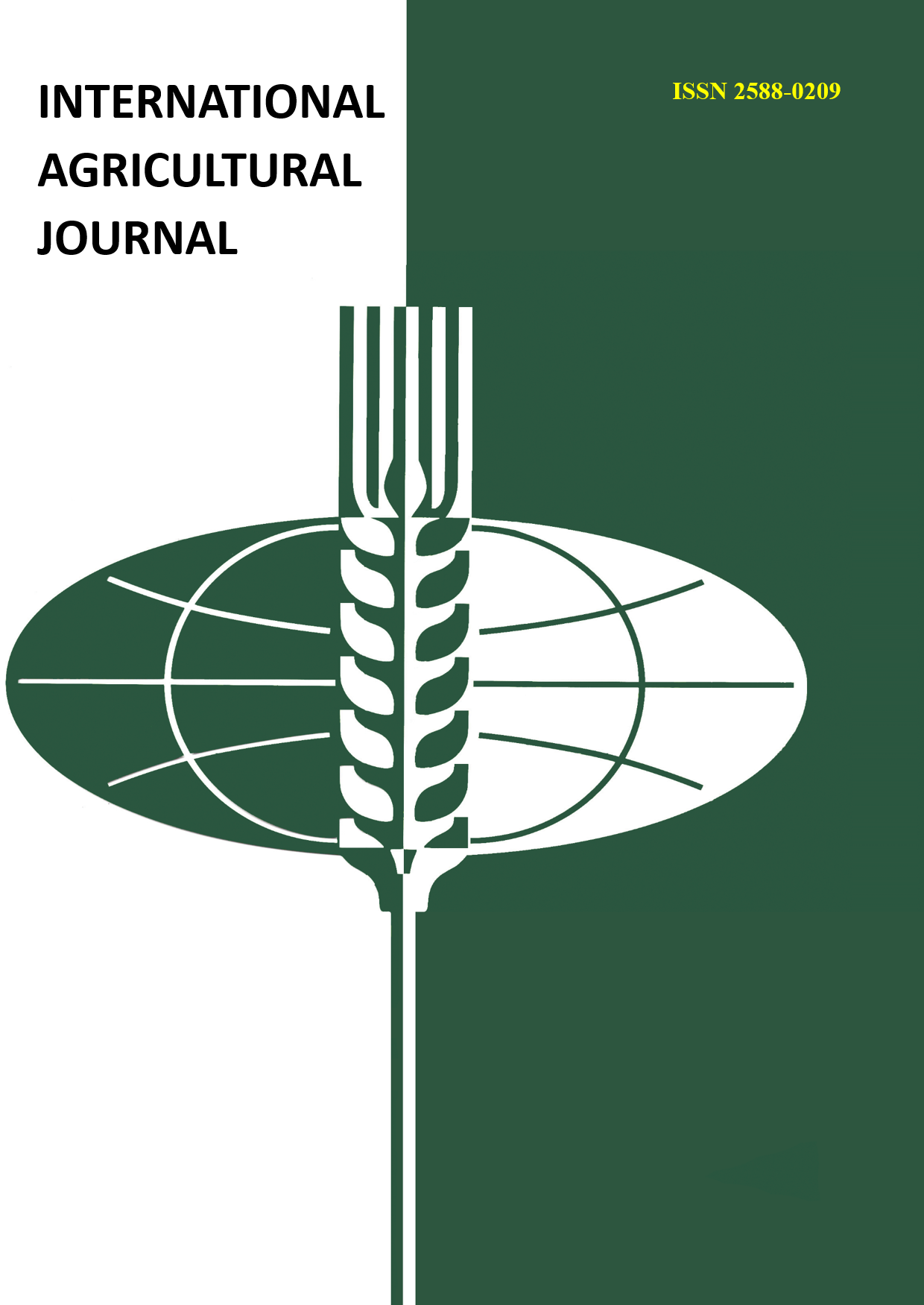The article considers the results of modelling on the composition and ratio of lands in order to determine the most balanced model by environmental and economic criteria. The problem is considered at a new site, with complex natural and socio-economic conditions. On the example of a municipal district of the Omsk region, the initial data are analysed: land distribution by lands, manifestation of negative natural and anthropogenic processes, specialisation of agricultural production. In the course of the study it was revealed that the specific weight of agricultural land is 43%. The largest share among non-agricultural lands is occupied by forest areas - 30% and bogs - 22%, which is typical for the northern forest-steppe zone. More than half of agricultural areas are subject to negative natural and anthropogenic processes: erosion, salinisation, waterlogging, overwatering in different degrees of manifestation. The study applies modelling techniques and considers six land use models with different composition and ratio of lands. Ecological substantiation is carried out by indicators of ecological stability of the territory and the degree of anthropogenic load. Economic substantiation was carried out on the basis of output relative to the area of agricultural land and production relative to the area of agricultural land. Calculations have shown that the sixth model is the most positive from the ecological and economic point of view, in which the area of arable land corresponds to the necessary norm to provide the population of the district and the market with food products according to medical standards of consumption. At the same time, the combination of types of lands and modes of intensity of their use in the district is optimal in five models out of six, and the coefficient of anthropogenic load decreased in the sixth model in relation to the first model. This proves the improvement of the ecological condition of the area and the reduction of anthropogenic load. The presented results of the land use modelling study are aimed at creating conditions for sustainable development of the district.
zemlepol'zovanie, ustoychivoe razvitie, model' zemlepol'zovaniya, agrolandshaft, antropogennaya nagruzka, ekologicheskaya stabil'nost', sostav i sootnoshenie ugodiy














